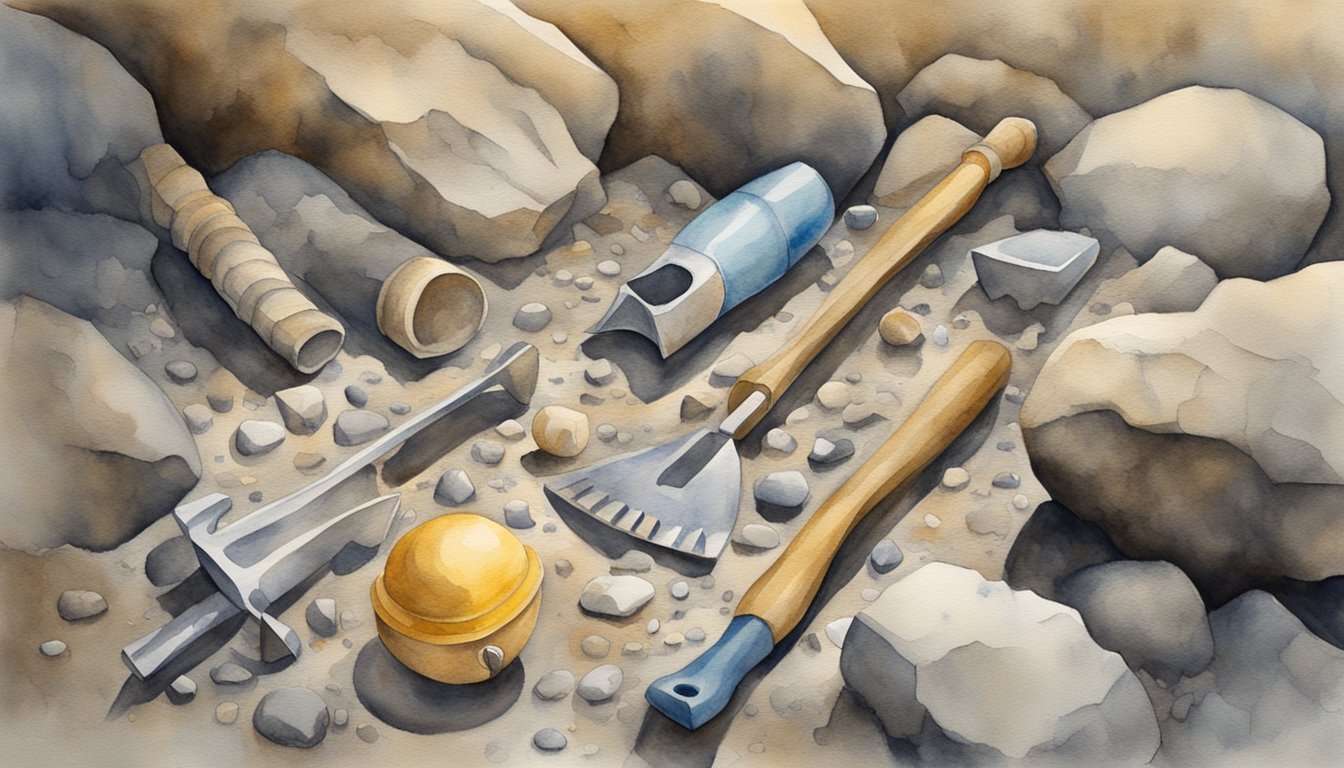Getting Started with Fossil Digging
Fossil digging, or paleontological excavation, is an exciting way to uncover the secrets of the Earth’s past. It involves the careful search and extraction of fossils, which are the remains or impressions of ancient organisms preserved in rock.
Understanding Fossils
Fossils are the remnants of ancient life, from minute bacteria to towering dinosaurs, that have been preserved in the Earth’s crust. They provide insights into the history of life and the changes that have taken place in ecosystems over millions of years. Most fossils consist of the hard parts of organisms, such as bones or shells, but impressions of soft parts can also be preserved under rare conditions.
Types of Fossils and Where to Find Them
Fossils can be categorized into several types, including body fossils (parts of organisms), trace fossils (tracks, burrows), and chemofossils (chemical signatures indicating the past presence of life). The Green River Formation in Utah, famed for its Eocene-era fish fossils, or the Morrison Formation, known for Jurassic dinosaur bones like Allosaurus and Diplodocus, are exemplary fossil dig sites.
Necessary Tools and Equipment
Essential tools for fossil hunting include trowels and chisels for chipping away at the rock, especially in sedimentary layers like shale or limestone. A rock hammer is also widely used for removing overburden. Protective gear, such as gloves and safety glasses, is crucial to ensure safety during excavation.
Preparation and Safety Guidelines
Before heading out, check for any fees or cancellations policies at the dig site. It is important to bring sunscreen and water to protect against the climate, especially in desert regions where many fossil sites are located. All participants should receive an overview of safety guidelines, as proper technique is vital for both personal safety and the integrity of the fossils.
Practical Guide to Fossil Excavation

Fossil excavation can be a thrilling way to connect with Earth’s prehistoric past. This guide provides key strategies and tips for both novice enthusiasts and seasoned collectors.
Choosing the Right Fossil Site
The success of a fossil hunt often begins with the selection of an appropriate digging site. Sites like Big Brook in New Jersey are renowned among fossil hunters for the variety of marine fossils, including shark teeth. Other well-known locations include Fossil Butte National Monument in Wyoming, which is famous for exceptional fish fossils. For families, a fossil park offers structured experiences with facilities and shade, providing a comfortable environment for both adults and children to enjoy the experience.
Fossil Excavation Techniques
Regardless of the location, proper tools and techniques are vital. A trowel, small pick, and brushes are essential for meticulous excavation without damaging the specimen. Techniques vary based on the sediment, but removing overburden to reveal the fossil’s edges is a common strategy. For delicate work in areas like Hell Creek, where rare species like Ankylosaurus might be found, tools should be used with precision.
Identifying Your Finds
Once fossils are unearthed, identification is the next step. Fish fossils, like those of Knightia found at Fossil Butte, or the prehistoric herring Diplomystus, are relatively common. Learning to distinguish between these and rare items, such as remains from prehistoric shrimp or bats, comes with experience and research. Visits to institutions like the Wyoming Dinosaur Center can be educational, providing context for identification.
Fossil Excursions and Tours
For those seeking guided experiences, tours like the Fossil Lake Safari with the Wyoming Dinosaur Center provide an opportunity to dig for fossils under expert guidance. These tours, which can last from 2 to 4 hours, often include the possibility of finding fish fossils or even rare finds and are suitable for all ages. Practical considerations, such as bringing water, gloves, snacks, and preparing for mud, are crucial for an enjoyable and successful outing.

